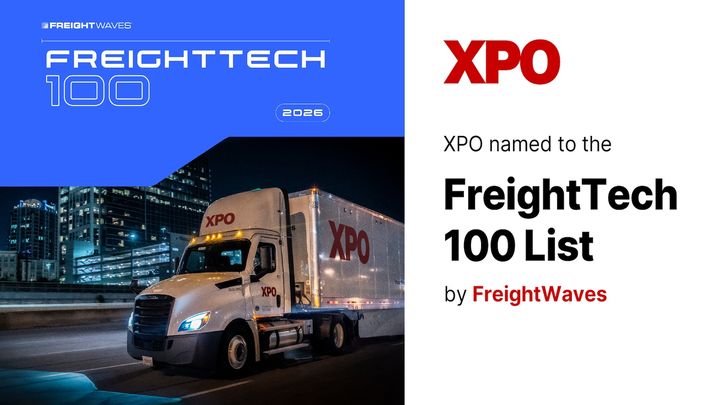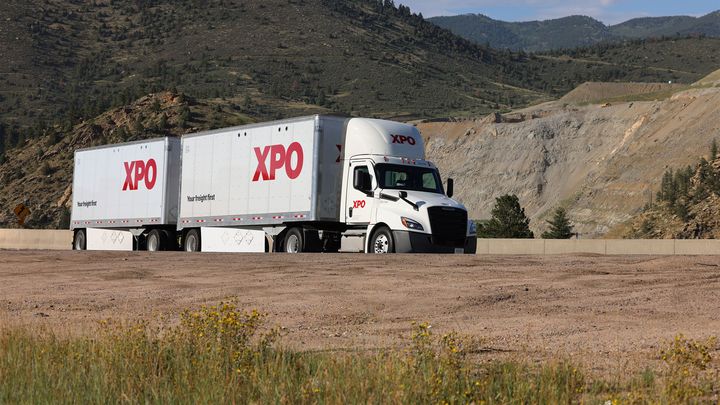83% of Consumers Consider a Return Policy Before Hitting Purchase
- XPO Helps Solve the Reverse Logistics Puzzle for Retailers
When the last present is unwrapped, so ends part one of the online holiday shopping season. Then, it’s time for part two. Consumers will soon start dropping huge numbers of packages back in the mail.
Returns are a key part of this season’s digital shopping spree. In fact, some 20% to 30% of the purchases shoppers made online will be returned after the holidays, compared to 8% of goods bought in brick and mortar stores. Little wonder that 83% of consumers consider a retailer’s online return policy before they shop.
As e-commerce sales continue to skyrocket during the holidays, the returns that go hand in hand with buying online are creating new challenges for retailers. Returns that are processed too slowly can create a worst-case scenario where goods don’t get back on shelves soon enough, causing price markdowns. How quickly a retailer handles a customer’s return and refund is just as critical to creating loyalty as the initial purchase.
The problem is, the returns process – more commonly referred to as reverse logistics – can be complicated. Goods leave a distribution center packaged to fit neatly on a shipping pallet, but they often return in a jumbled mess of boxes containing returned items, paperwork and excess packaging from the original shipment. While an inbound truckload of products from a supplier can take as little as two to eight hours of sorting, it can take up to 48 hours to process a truck full of returns because each item has to be individually checked. All in, processing a return requires 20% more space and twice the labor as sending out a package.
This is why retailers are increasingly turning to third-party logistics providers (3PLs) like XPO Logistics to handle the high-stakes business of returns.
At XPO, we work with our retail customers to customize a dedicated distribution center and technology to their specific operations leading up to the holiday season. We prepare for spikes in returns as part of this advance planning. For example, we worked closely with a global footwear and apparel customer to build a sophisticated facility that helps insert items back into their supply chain 10 to 15 times faster than before.
XPO’s custom suite of technology, including automation, predictive analytics, labor planning and tracking, is the backbone of these operations. We’ve invested billions of dollars in advanced technologies and have 1,800 technologists working daily to ensure XPO can meet our customers’ supply chain challenges. Our technology helps us accurately forecast the future return rate of products and ensure our customers are set up for success, no matter the season.
A critical piece of scaling e-commerce operations for our customers is our focus on sustainability. We’re continuously adapting business operations to reduce our environmental footprint and collaborating with customers on action plans for improving the sustainability of their supply chains. For us, the growing returns logistics business is an opportunity to help reduce the resources used to produce items and the overall environmental impact of the supply chain.
For example, most people who buy a new kitchen appliance don’t give a thought to what happens to their old appliance. We take the care to disassemble the machine safely, recycling the material that can be reused and disposing of the rest in an environmentally-friendly way.
These are just a few of the ways that we’re well positioned to help retailers outsource the headaches that reverse logistics can present. While returns may just be one piece of the supply chain puzzle, it’s an important one. As e-commerce continues to grow, so does the need for robust reverse logistics capabilities at massive scale.
From delivery to reverse logistics, we built our business to help solve the challenges of e-commerce for our customers, driving value for all parts of their supply chains and letting them focus on what they do best.


